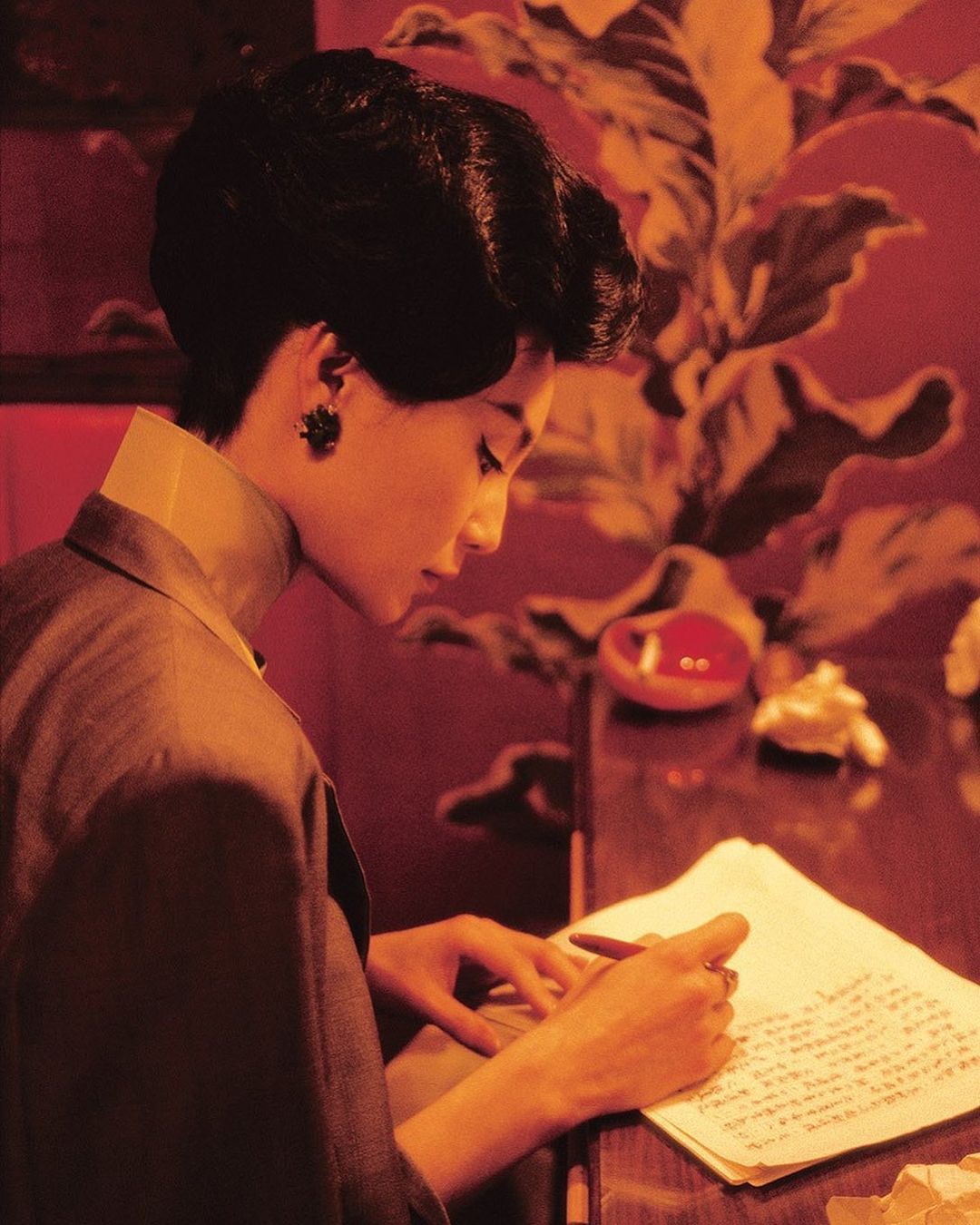
The Significance of Color in Wong Kar-Wai’s 'In the Mood For Love'
by remi mourany
·
Wong Kar-Wai's "In the Mood for Love" has earned its place as one of the most romantic films of all time, and it's easy to understand why. The synopsis alone—a tale of two individuals drawn together by the shared betrayal of their spouses—seems to fit the mold of classic love stories. However, this film is anything but conventional. What truly sets it apart is not just the storyline, but the director's innovative approach to storytelling.
Wong Kar-Wai deftly utilizes various cinematic techniques—space, sound, frame composition, lighting, and perhaps most notably, color—to immerse the audience in the emotional journey of heartbreak. Despite the somber nature of the narrative, the film bursts with vibrant hues, creating a striking contrast that evokes a sense of emotional dissonance. Witnessing the characters grieve over their failed marriages amidst such vivid colors creates a poignant juxtaposition, where the expected sense of emptiness and pain is tempered by the warmth and comfort of earthy tones and gentle lighting.
In essence, Wong Kar-Wai's use of color not only serves to illustrate the breaking of hearts, but also to make the audience feel it deeply. It's a testament to the power of visual storytelling and the ability of cinema to evoke complex emotions with nothing more than a palette of colors.
In 'In the Mood for Love,' color serves as a powerful storytelling tool, conveying emotions and themes beyond what dialogue or acting alone can achieve. Despite the mundane settings, such as the dull hallways or drab office walls, there are always splashes of color that demand attention. Whether it's a vibrant desk lamp or a vase of yellow flowers, these elements draw viewers deeper into the narrative, enriching the viewing experience and making it more immersive.
By strategically incorporating bursts of color, Wong Kar-Wai invites audiences to engage with the film on a sensory level, rather than relying solely on dialogue or plot. Each prop and costume choice is carefully selected to enhance the mood and atmosphere, adding layers of meaning to the story. This attention to detail transforms the viewing experience from passive observation to active participation, allowing viewers to emotionally connect with the characters and their journey.
Every choice regarding color in "In the Mood for Love" appears to be deliberate, especially the use of the color red. Traditionally symbolizing love or intense emotion, here it takes on a role of sensuality and temptation. Despite the absence of overt intimacy on-screen, the prevalence of red infuses the film with an undeniable sense of sensuality and allure. Even in moments of innocence between Mr. Chow and Mrs. Chan, the presence of red suggests a deeper connection, one born out of loneliness and unfulfilled desires from their failed marriages.
Furthermore, red serves as a symbolic third character in Mr. Chow and Mrs. Chan's relationship, seemingly omnipresent wherever they go. Like a silent observer, it represents their secret bond and the hidden truths of their spouses' infidelity. Whether in Mrs. Chan's intimate belongings like her bed blankets or clothing accessories, or as part of the set design such as red curtains in their rendezvous hotel room or a red stripe lining the street they frequent, red consistently underscores the clandestine nature of their relationship.
In essence, the pervasive use of red in "In the Mood for Love" enhances the film's themes of desire, secrecy, and emotional intimacy, elevating the storytelling to a new level of depth and complexity.

Red also serves as a visual manifestation of the characters' suppressed emotions, particularly the feelings they harbor for each other. It commands attention during pivotal moments, such as when Mr. Chow invites Mrs. Chan to the hotel room, where she dons a bright red coat that mirrors the curtains outside. These curtains, seemingly mocking spectators, serve as silent witnesses to their encounters, symbolizing temptation and desire.
In a poignant scene, Mrs. Chan returns to the hotel room in a last-ditch effort to reconnect with Mr. Chow before his departure. As she stands forlornly before the moving curtains, their flowing red fabric takes on a life of its own, symbolizing the overwhelming pull of their emotions. It's a powerful visual metaphor for their inevitable surrender to their feelings, transforming their initial resistance into acceptance.
Indeed, "In the Mood for Love" is more than just a story of color; it's a masterful orchestration of various elements working in harmony to create a sensory and emotional experience. From its intricate details to its overarching narrative, each aspect contributes to a rich tapestry of storytelling that captivates and resonates with viewers long after the credits roll.
>> Check out our t-shirts collection









